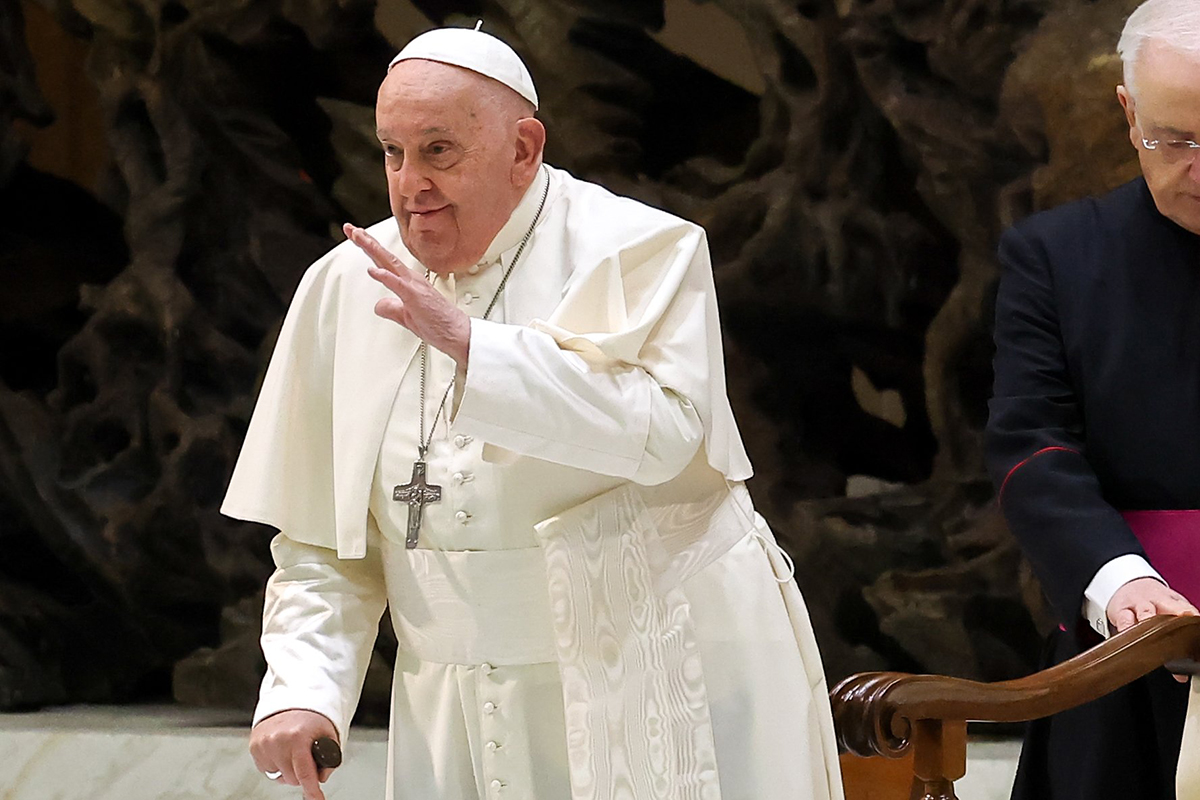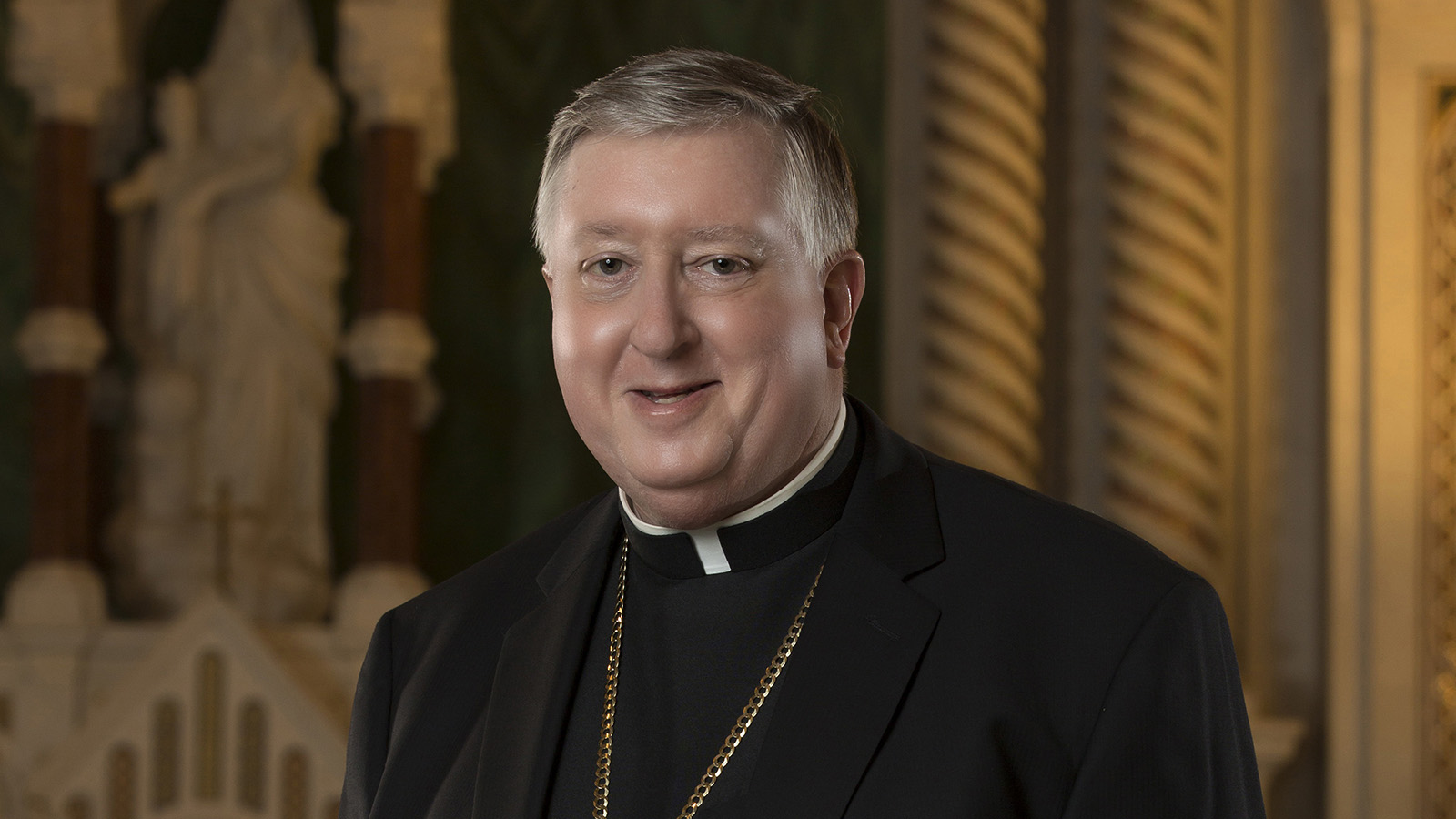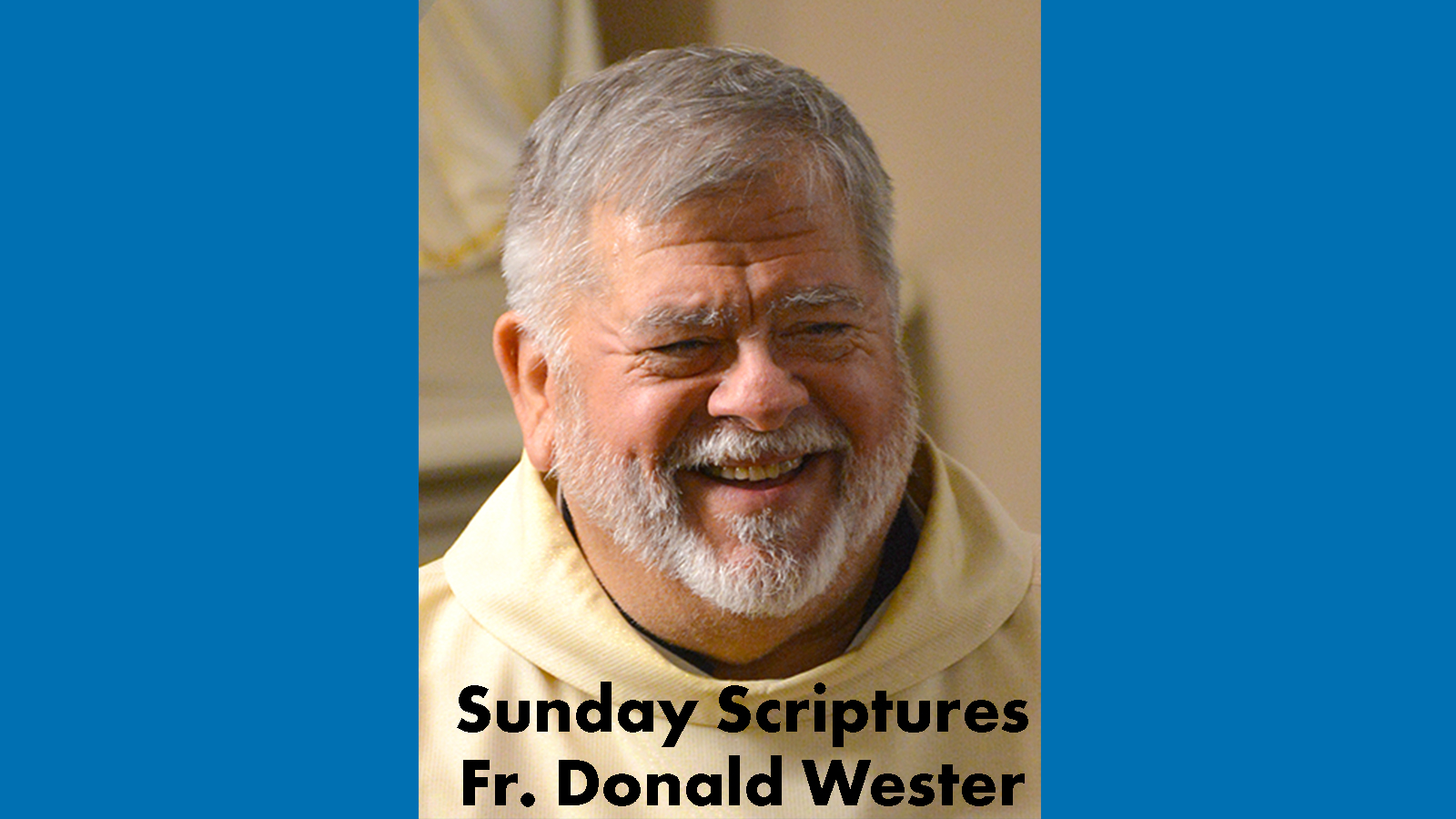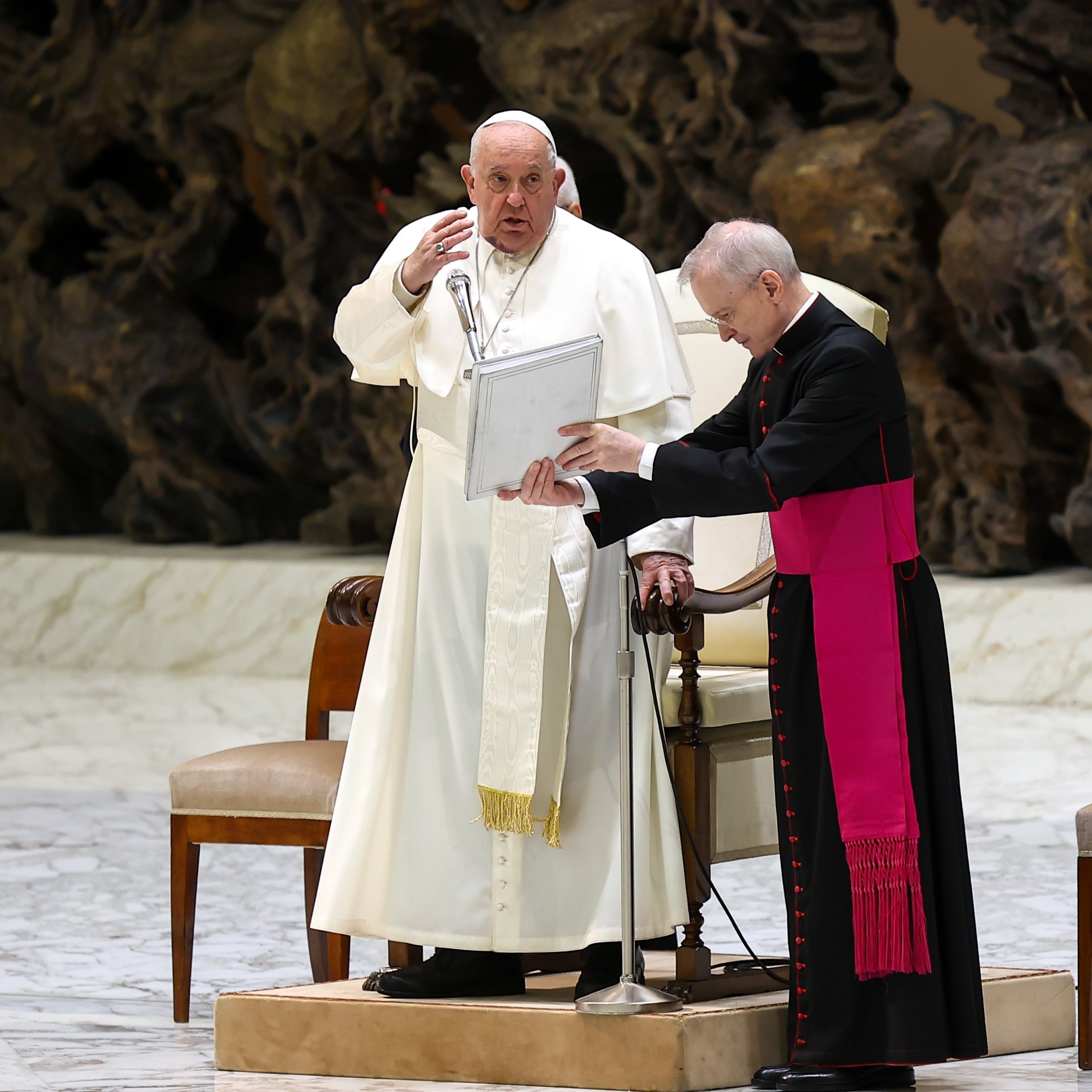SERVE THE LORD WITH GLADNESS | Find the light in the midst of the darkness
Hope is the conviction that God is in charge, even in the darkest hours
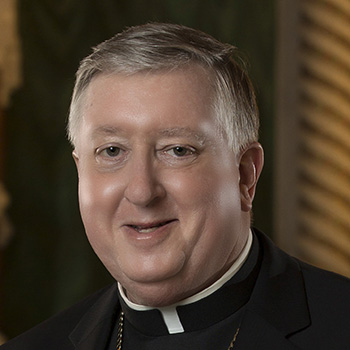
Dear brothers and sisters in Christ,
We turn from October to November this week. With sunrise getting later and sunset getting earlier, we start to feel the darkness more intensely. The same might be said of our sense of culture right before an election: We feel the darkness more intensely.
It raises the question for me: Where are you finding hope these days? Hope is, after all, a kind of light in the midst of darkness.
But before you answer that question, let’s make an important distinction: I’m talking about hope, not optimism.
Optimism is the conviction that “things will get better.” I don’t think anyone needs to believe that. History tells us, and the cross shows us, that things often get worse. Christian faith has plenty of room for that kind of realism.
Hope, by contrast, is the conviction that “God is in charge.” Faith tells us, and the cross shows us, that even in the darkest hour God is still in charge. It’s important when things seem dark to make time and energy and space for those people, places and events that keep our sense of hope alive and strong.
Fortunately, that’s exactly what this week is about. If culture has made Halloween something of a celebration of darkness, for us it remains All Hallows’ Eve — the eve of All Saints Day. The light of the saints predominates our sense of this week, and the light of the saints is precisely Jesus Christ, the source of our hope.
Halloween is one of the great feasts of children in our culture. That makes it a good time to recall the words of Jesus: “Unless you turn and become like children, you will not enter the kingdom of heaven” (Matthew 18:3). How does a child receive the kingdom? Let me propose three key elements of a child’s receptivity for our imitation.
First: acceptance. When told there is a heaven, the child says, “OK!” Likewise, simple and deep acceptance of spiritual realities is important for our life of faith. We just need to combine childlike acceptance with an adult’s awareness that the spiritual realities are both good and bad: Angels are real; so are devils.
Second: wonder and awe. When told about spiritual realities, the child says, “Wow!” What we can see with our eyes is not all there is, and that’s wonderful! We know that in one way through the sciences; we can know it in another way through faith.
Third: curiosity. When told about spiritual realities, the child will combine acceptance with curiosity, and ask, “OK, how, exactly, does that work?” To have acceptance without curiosity is to be childish rather than childlike, but curiosity without acceptance tends toward cynicism.
This week we celebrate all the saints who brought the light of Christ into the darkness of their time. As we do so, let’s ponder how the light of Jesus can shine in us and through us. Then we can be witnesses to hope — and therefore sources of light in the darkness of our own times.

